Tour Tokyo’s Top Museums, Galleries, And Other Cultural Facilities With Grutto Pass 2019
This could be the best art and culture deal we've seen in Tokyo so far!
This ¥2,200 pass lets you tour over 90 museums, galleries, botanical gardens and even zoos in Tokyo and surrounding prefectures either for free or with a discount!
If you’re visiting Tokyo, are a museum-goer, art lover or on a family entourage, there is a great way to optimize your stay. The Tokyo Museum Grutto Pass 2019 is a booklet of admission tickets and discount tickets for 95 attractions in the city including, museums, art galleries, zoos, gardens, aquariums and more mainly in Tokyo, but also in Kanagawa, Chiba and Saitama. Run by the Tokyo Metropolitan Foundation for History and Culture, the one-time-use pass per designated establishment can be used for two months from the date of initial use. We still can’t figure out why and how this miracle is happening, but we might as well take full advantage of it while it’s still around — and so can you!
View this post on Instagram
Making the most of your Grutto Pass: A recommended itinerary
From kites to salt and tobacco (and even sewage), Tokyo has dozens of intriguing museums worth visiting, but given the size of the city, you either need teleportation superpower or plenty, plenty of time and a few good pairs of shoes to tour them all. Or, you can divide the city into areas and start on smaller scales. Oh wait, with seven recommended zones in and around Tokyo, that is exactly what Grutto Pass is doing!
Take for instance the Shitamachi area. Also known as the “old downtown area,” this Shitamachi neighborhood located around the south-east of the Imperial Palace and east of Sumida River, is the traditional shopping, residential and entertainment district of Tokyo. You can find plenty of historical spots just by walking around, such as houses from the Meiji era, unrenovated restaurants established well over a couple of centuries, and a number of niche galleries.
For a better understanding of the Shitamachi area, you can start off with the Shitamachi Museum in Ueno.
View this post on Instagram
This museum, established in 1980, was built to preserve the traditional culture of the district and explore the lifestyle of the pre-war period downtown Tokyo. With Grutto Pass, admission to the museum is free.
From there, head to the Edo-Tokyo Museum, which is located only a 5-minute train ride from the Shitamachi Museum. The permanent exhibitions are free with Grutto Pass (normally ¥600). It’s the best way to take a crash-course of the history of Tokyo, and you’ll most definitely build an appreciation for our modern technology afterward.
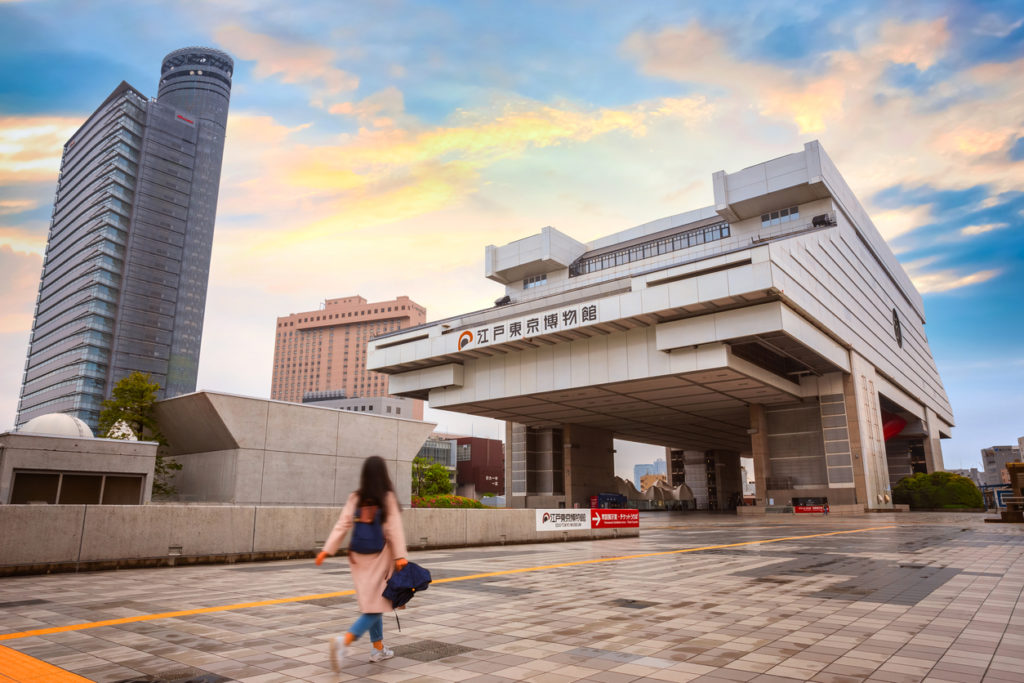
Edo-Tokyo Museum’s permanent exhibition vividly illustrates the past of Tokyo (known as Edo) and covers features of the capital from the Edo Period to relatively recent decades.
It’s a huge establishment where you can easily spend the whole day learning about the evolution of the city through architecture, lifestyle, economics, politics and culture of Edo (old Tokyo). The presentation is phenomenal — you can sit in the living room, open drawers and cupboards, and touch the utensils of daily life back then. Even small children tend not to get bored. Hands-on classes are applicable too, so check out the facility website in advance for more free-of-charge engagement.
Your third stop can be The Sumida Hokusai Museum, a relatively new establishment dedicated to the deep world of ukiyoe and more specifically Katsushika Hokusai, the mastermind behind the iconic “The Great Wave.” Here, you can study how ukiyoe, or woodblock prints, were produced back in the days and check out well-kept books from the early 20th century in the library.
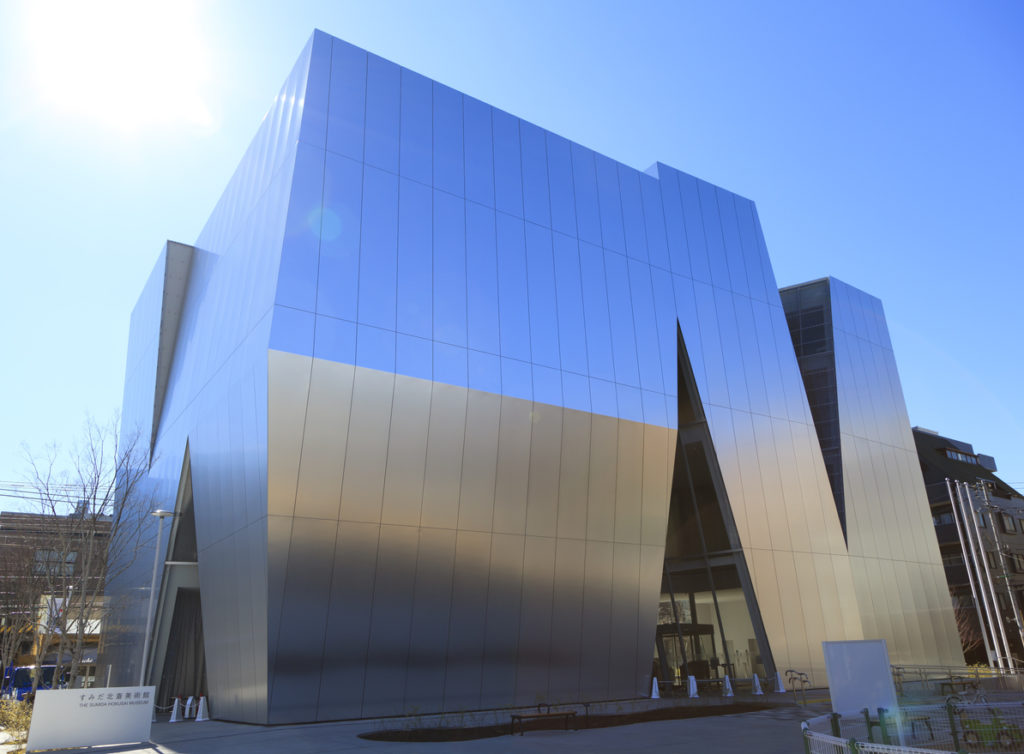
The Sumida Hokusai Museum is a museum dedicated to the ukiyo-e artist Katsushika Hokusai, commonly referred to as Hokusai.
The four-story museum was designed by Pritzker Architecture Prize winner Sejima Kazuya, and it’s worthwhile for an Instagram photo-op. The permanent exhibition is admission-free with Grutto Pass (normally ¥400). The perks to this is a fairly large park with colorful playground equipment just outside the museum, where small children can take a break and release their energy.
The Japanese Sword Museum is another exciting place you should consider visiting and it’s located just on the other side of Ryogoku station, where the Sumida Hokusai Museum is.
View this post on Instagram
I highly recommend you to visit this facility because the ¥1,000 admission along with the special exhibition charge is fully discounted with your Grutto Pass. Enjoy the impressive collection of some 200 swords, suit of armor, scabbards and more on display with English explanation.
Another must-visit spot in the Shitamachi area is the Asakura Museum of Sculpture. This is a niche spot which I personally adore and highly recommend. It’s the self-designed home and studio of sculptor Fumio Asakura that houses his works. His sculptures are displayed laboriously in the European-style studio wing and Japanese-Style residence.
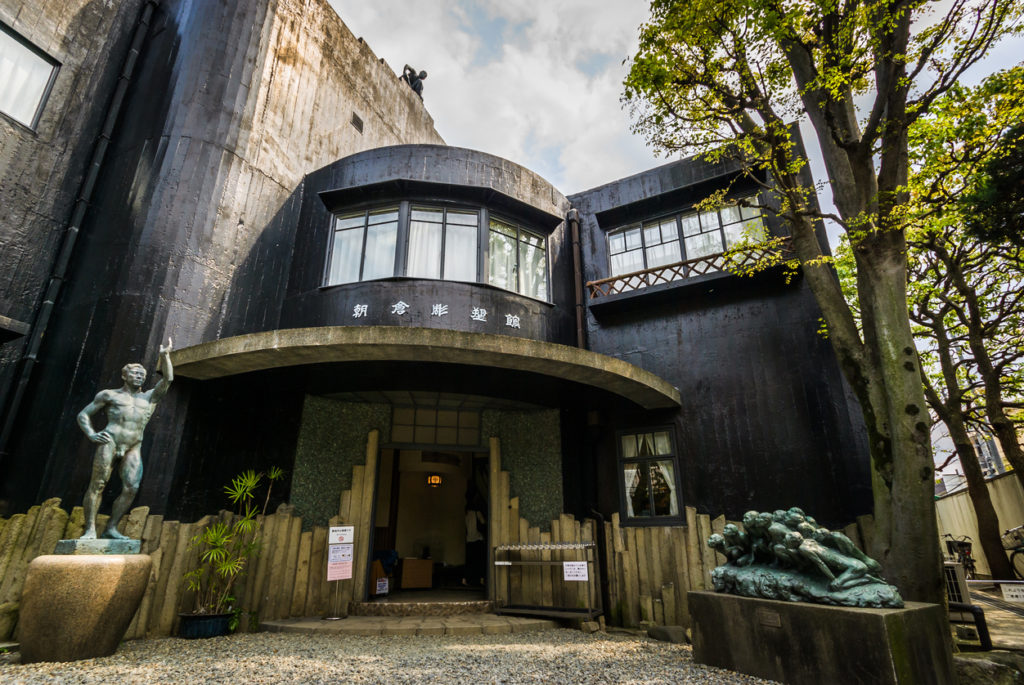
The exterior of the Asakura Museum of Sculpture in Yanaka, Tokyo. This was the home and studio of sculptor Fumio Asakura and now exhibits his work.
You can enjoy identifying bronze cat pieces scattered around, sensing the love of his pets. In 2001, the building was registered as a National Tangible Cultural Property, and in 2008 the courtyard and rooftop garden received recognition as a National Site of Scenic Beauty. With Grutto Pass, admission is free, which saves you ¥500 — just enough for a cup of good coffee after you’re done with all cultural explorations for the day!
Parks, zoos and kid-friendly museums, too
If you’re touring as a family, Grutto Pass grants you access to a number of zoos and other kid- and family-friendly spots, as well. Among them are the Inokashira Park Zoo in western Tokyo and the Ueno Zoological Gardens in Ueno. Ueno Zoo, as Tokyoites simply call it, is home to more than 2,600 animals from more than 450 species. Japan’s first giant pandas arrived there from China in 1972, making the lovely animal the zoo’s trademark ever since. Grutto Pass can get you in free, saving you ¥600.
View this post on Instagram
Within the Ueno Park area itself, there are about seven Grutto Pass facilities including the Tokyo National Museum and the Tokyo Metropolitan Art Museum. The park has the huge Shinobazu Pond where you can row boats, and enjoy the endless rows of cherry blossom trees that cover the area in pink every spring. It’s well worth the visit and another way to justify Grutto Pass easily in just one day.
View this post on Instagram
The National Museum of Nature and Science, also in Ueno, is another great place to enjoy hands-on educational displays for the kids. Renovated in 2015, children can learn about animals, science, technology, dinosaurs and more. If they are train fans, the Tokyo Metro Museum in neighboring Edogawa Ward will be the hype of their trip driving on simulators and studying exhibits of large scale model trains and historic subway maps.
View this post on Instagram
From there, take the train and head to Odaiba, where you’ll find Miraikan, also known as The National Museum of Emerging Science and Innovation, a place adored by kids and adults alike. Here you can find a great number of interactive science exhibitions covering everything from AI, to robotics, to the solar system, the universe and more.
Last but not least, on another day, make sure to spare a day to explore Yokohama where you’ll find the Yokohama Port Museum, home to the famous Nippon Maru ship, built in 1930. Grutto Pass will let you in entirely for free (normally ¥600).
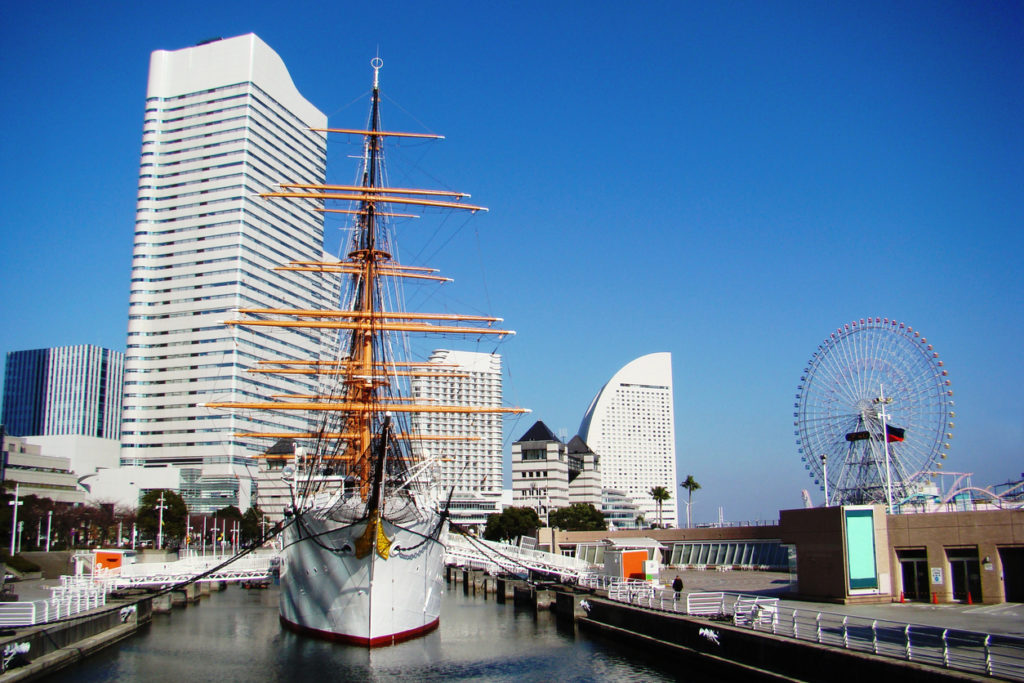
The Nippon Maru in Yokohama.
A 5-minute walk from Nippon Maru is the Yokohama Museum of Art. This place is great to appreciate 20th-century modern art by Picasso, Cezanne and Dali. Combine that with a visit to Yokohama Archives of History, a site where Japan and the U.S. signed the Treaty of Kanagawa in 1854.
Lots for your yen and perks, too
The abovementioned venues are just a grasp of the many facilities the Grutto Pass grants you access to. You get a lot in return for your yen — and, plus, there’s also a chance of winning a prize if you visit seven of the 95 locations and get a stamp as a souvenir. If you’re planning to use public transportation to access the facilities, Grutto Pass has also partnered with Tokyo Subway to offer a special metro discount set valid for 48 hours of purchase — just for ¥3,070 including your Grutto Pass!
Where to buy
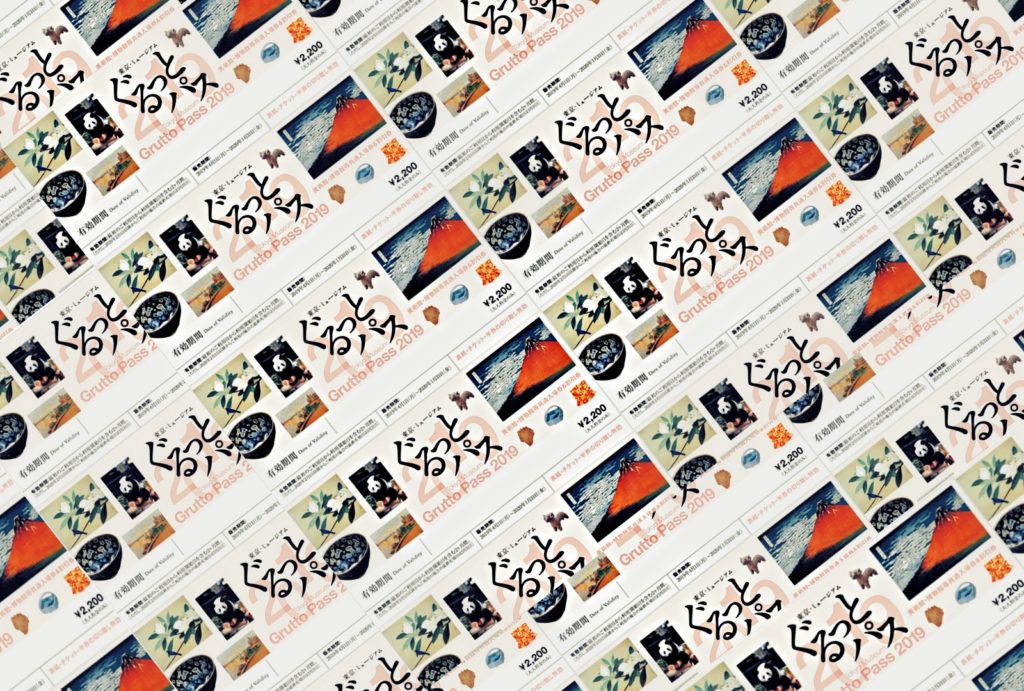
The Grutto Pass is available for purchase for ¥2,200 at the sales or ticket counter any of the participating facilities, as well as the Tourist Information Center and other tourist information centers and ticket counters until January 31st, 2020. For a full list of venues where you can purchase it, see here. For more information on the Grutto Pass itself, including a full list of venues, see the official website here.
Now, sit back, relax and start planning your Tokyo art and culture bargain adventure!












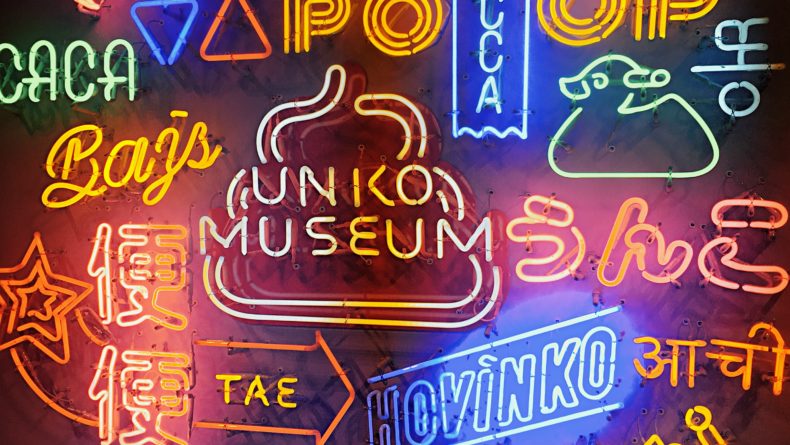
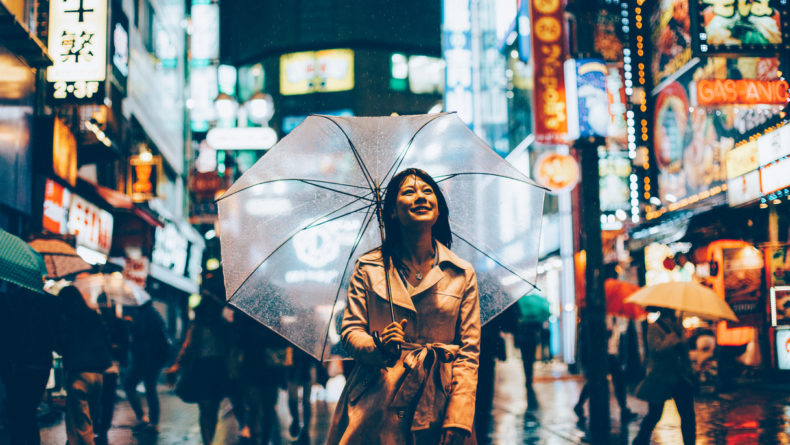
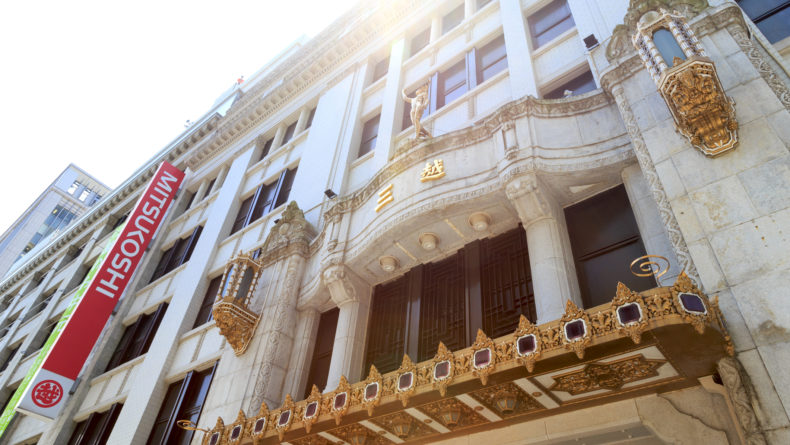
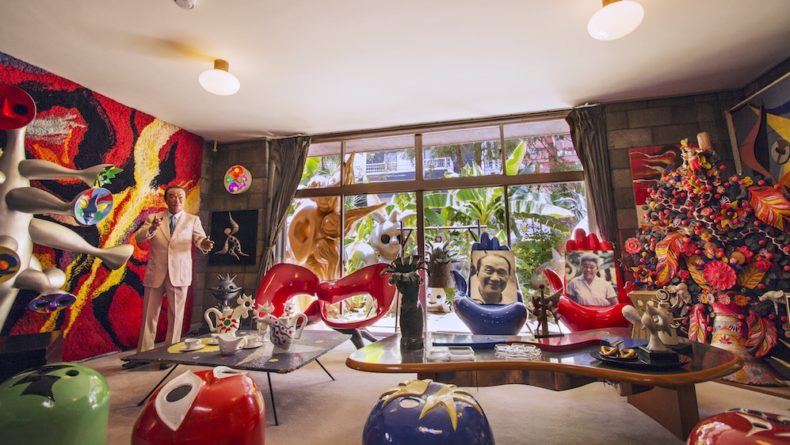
Leave a Reply